It is difficult to submit a description of any resort without enthusiastic reviews about the quality of its air: "healing", "invigorating", "refreshing" ...
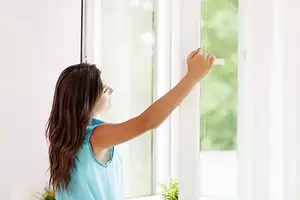
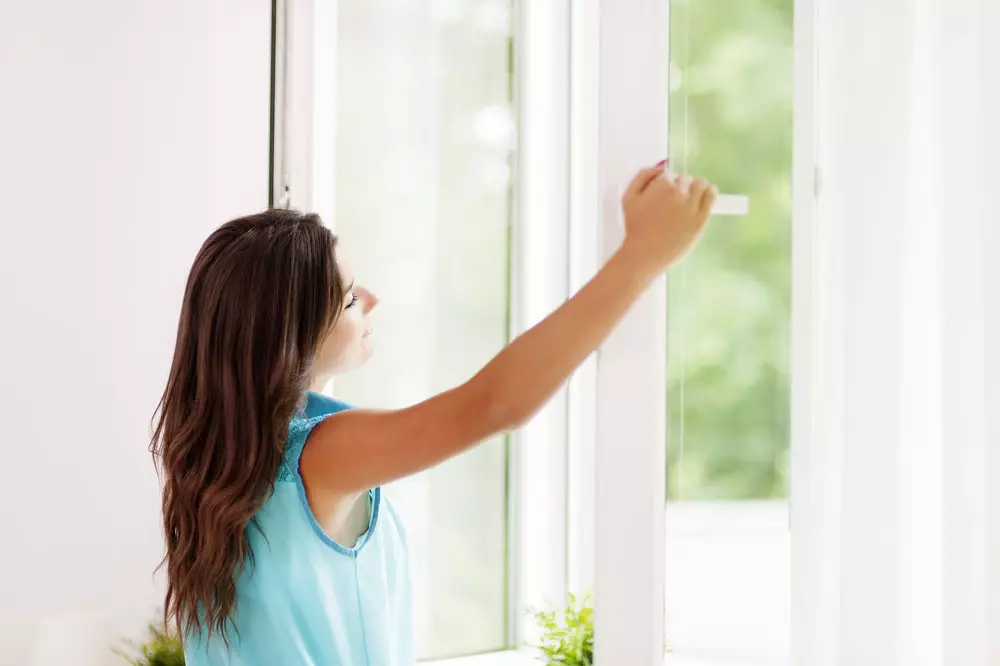
Photo: Legion-Media
Clean air is an integral component of a comfortable life. Our mood is dependent on its quality, and in the end, health. Even if not to take into account extreme cases, like fires in the summer of 2010, because of which in many regions of Russia stood stumbled, air pollution could cause serious diseases of respiratory organs, respiratory diseases, allergic reactions and a number of other ailments.
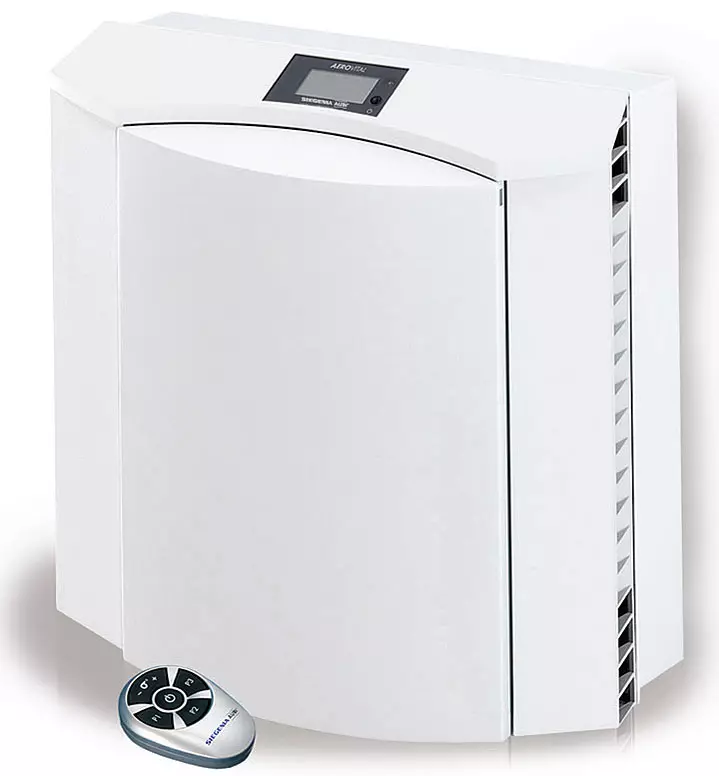
Photo: Siegenia. Aerovital series ventilators are equipped with fine filters from pollen. Devices can output too wet air
All pollution can be divided by such signs as the type (aggregate state) of the carrier (dust, that is, small solid particles, aerosols or gaseous chemical compounds), the degree of harm to health (or the hazard class according to GOST), the removal method (using mechanical, Chemical filters, by ventilating, etc.).
Most pollution has anthropogenic origin, but natural. From the unfavorable sanitary situation in many cities, the air in the residential premises is almost certainly needed cleaning.
What are the filters?
Household ventilation systems and air purification can be equipped with filters of different designs. The most common devices of the following types were obtained.
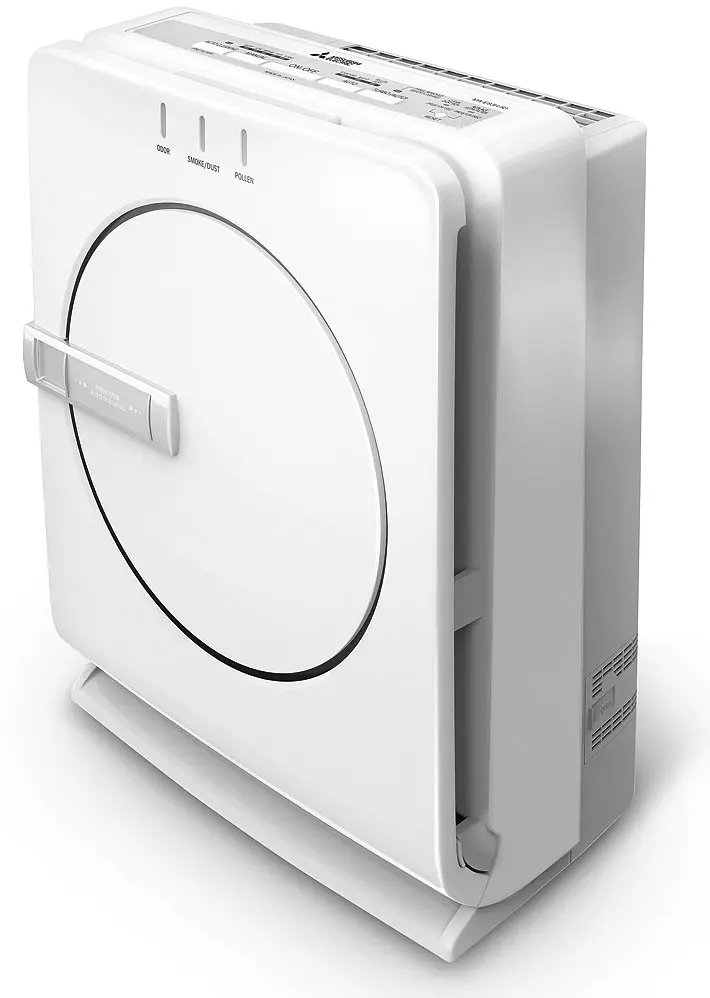
Photo: Mitsubishi. Air purifier MA-E83H-R1 (Mitsubishi) with a two-layer staple-live HEPA filter (its effectiveness is 99.97%). The use of such a filter is 8 years
Mechanical filters from fibrous or porous materials. According to the degree of filtering ability, they are divided into devices of coarse purification (for particles with a diameter of more than 10 microns), fine cleaning (particles 1-10 μm), as well as HEPA (HIGH Efficiency Particulate AIR), guaranteeing the maximum level of filtering. HEPA filters are divided into five classes - from 10 (low) to 14. The higher the class, the better the quality of air purification. Modern HEPA filters of classes 13 and 14 provide the quality of cleaning, suitable for the premises of "clean" industries or, say, the operating room in the hospital.
In everyday life, systems with HEPA filters of classes 11 and 12 are usually quite enough.
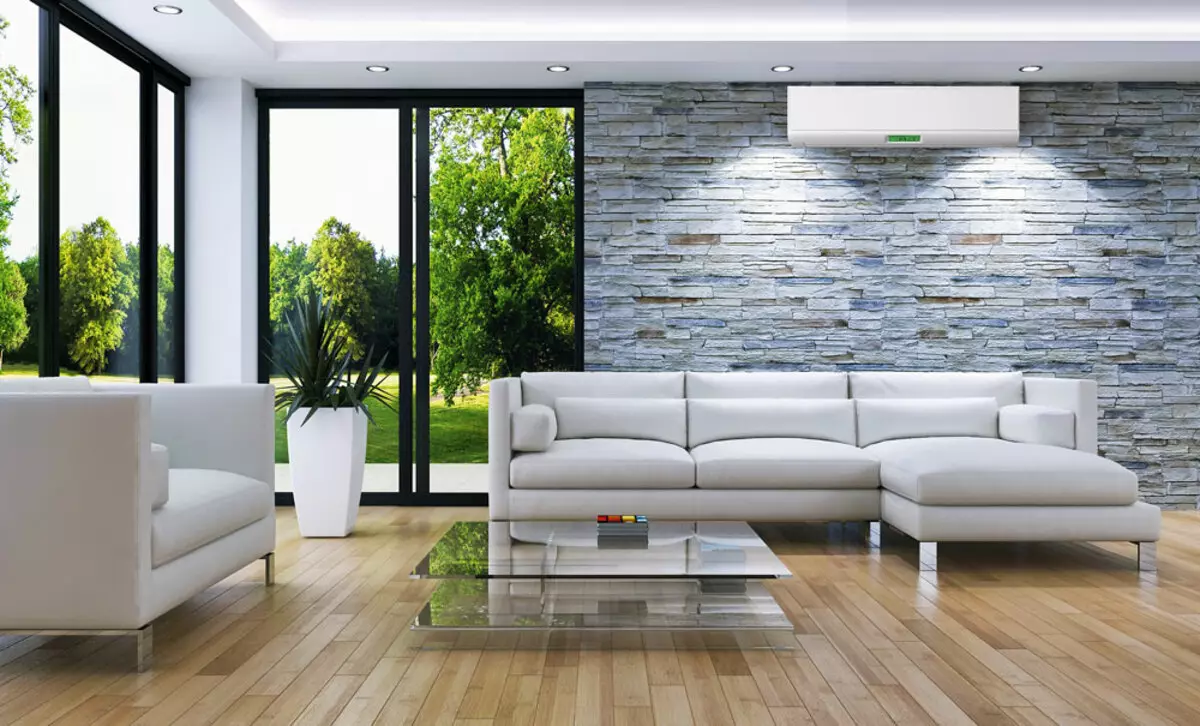
Photo: 3darcastudio / fotolia.com
Electrostatic filters are charged metal plates, between which air flow passes. The solid particles in it are electrified and attracted to the oppositely charged plate. Electrostatic devices work well with particles of even the smallest sizes, but overall their effectiveness is lower than HEPA filters.
Coal filters are capable of delaying individual molecules of substances. They also differ in the minimum size of the particles transmitted, which is not measured by microns, but (conventionally) atomic units of mass. Coal filters do not let particles weighing from several tens or hundreds of atomic units. Therefore, such devices are well coped with aromatic hydrocarbons and other high-molecular compounds of organic and elementagonic nature. But low molecular weight gases, such as formaldehyde, sulfuric anhydride and nitrogen dioxide, coal filters are not delayed.
Air washers are used in the same devices that serve for cleaning and humidification. The principle of their action is simple: indoor air is delayed inside the device and passes through a plate drum rotating in water. At the same time, the latter is capable of keeping the smallest solid particles in size from 10 microns, including pathogenic bacteria and viruses. The advantage of air washes - for them do not need consumables and replaceable filters. For good job, it is enough to periodically top up clean water and clean the drum from lime deposits.
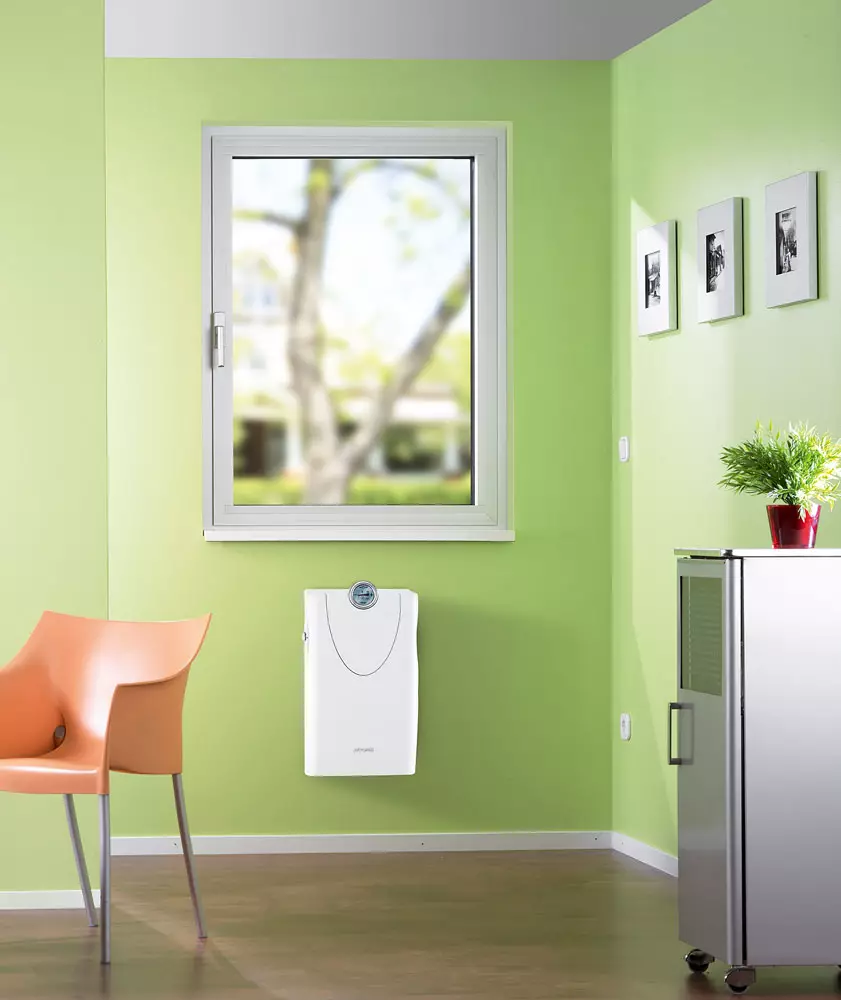
Photo: Siegenia. Aeropac wall-mounted conductor (Siegenia) are comfortable and safe. In addition, they can be equipped with additional filters that impede the penetration of exhaust gases and other volatile compounds.
An important characteristic of all filters is the ability to retain a certain number of pollution. For example, in different modifications of 1 g of the coal filtering material can be captured from 30-50 to 200 mg of substances. The dust of mechanical and electrostatic filters is also varied depending on the model. Accordingly, the service life of the filters varies significantly. By its expiration, the device must be replaced (if it is disposable) or cleaned according to the instructions. Unfortunately, in domestic systems, the mechanisms of precise control over the state of the filter almost do not apply (for example, evaluating air pressure drops on the dust waving layer), therefore you have to navigate the installation date and the calculated service life of the product. In such cases, it is better to be renewed and change another complete filter.
When choosing ventilation plants, give preference to filter models, providing the proper quality of air arriving in the room.
Some reusable filters do not lose their properties after cleaning (washing). For example, it is the case with electrostatic or greasel devices (the latter are used in kitchen hoods and are made in the form of a small metal grid). But the dusting properties of filters from fibrous and porous materials after washing are usually deteriorating, so it is not recommended to produce more three or four cleaning cycles with them. At the same time, after each subsequent replacement, the service life decreases (data on the number of cycles and reducing the service life should be clarified by manufacturers).
Coal filters are sometimes not subject to recovery. They cannot be washed, moreover, they are very susceptible to atmospheric moisture: the higher the humidity of the air, the less the service life. However, there are washable models. In any case, when choosing a filter, it is necessary to find out exactly how to maintain it, whether to wash or need to be replaced.
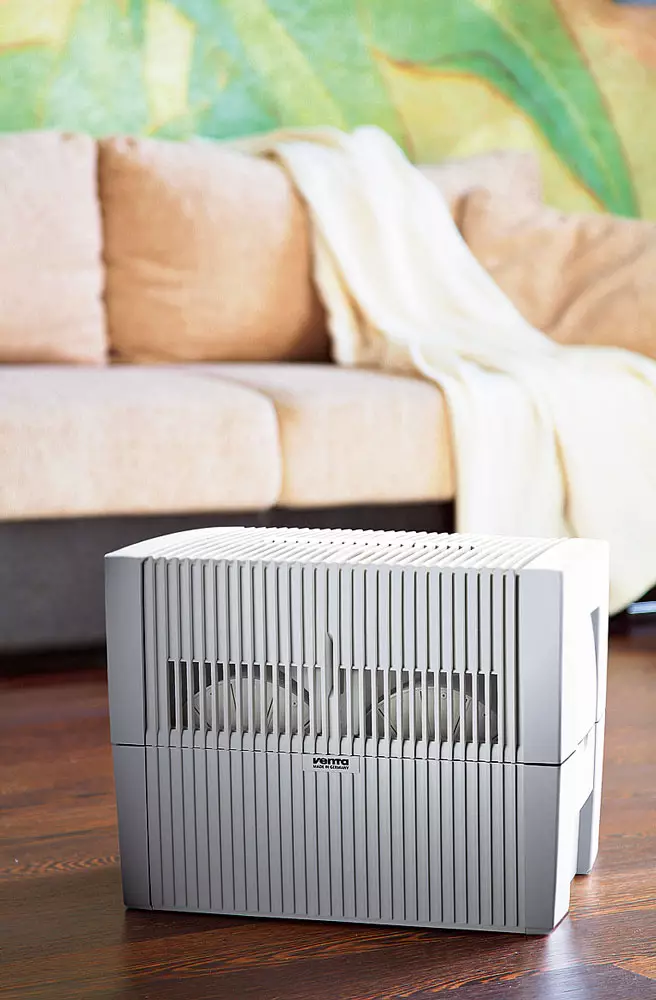
Photo: Venta. Venta LW45 air humidifier cleaner for rooms with an area of up to 75 m2. The contact area of the drum plates in the LW45 model is 4.2 m2, and the performance - 270 m3 / h
Along with the devices described above, air ionizers are used in filtration systems. They are, for example, in a number of models of air conditioners LG, Mitsubishi, Samsung, Panasonic and other manufacturers. The ions created by these devices act on bacteria and microorganisms (destroy their shells), on the molecules of odors and tobacco smoke (split them), as well as on submickers, which are deposited on oppositely charged electrodes. Thus, the ionizer can be considered an additional filter of super thin cleaning.
When using air conditioning systems, it is also necessary to use the mechanisms of protection against microbiological air pollution. For example, in LG air conditioners, Auto Cleaning is provided, which allows to prevent the formation of mold and reproduction of bacteria in the cavity of the internal unit heat exchanger. The residual moisture is automatically deleted after the completion of the cooling mode, which contributes to the rotation of the fan on ultra-low turns and the drainage of the heat exchanger surface. In addition, the ionic sterilization function is activated, which allows removing the remaining microbes and mold, due to which the cavity of the indoor unit is completely disinfected and the unpleasant odors are destroyed.
How to get rid of dust
Speaking of air pollution, many will first remember the unscrewed word dust. These solid particles (diameter from tenthsup to several microns) are easily transferred to air flows, and the smallest of them (in a diameter of several microns) can soar
In air flows almost unlimited time. A certain amount of dust is formed inside the dwelling, but most of the natural (the result of weathering or volcanic emissions) and even an alien origin, so the problem is not always possible to solve a simple substitute for "home" air to the street. Especially if it is dry and windy on the street. The concentration of dust is significantly reduced in wet air, which is why ventilating is most effectively during or immediately after the rain.
Build multi-level protection
How to find out what pollution is present in the air? The Mining Method "With Canary" is not suitable here, it is much more efficient to carry out laboratory air tests. Standard chemical research will cost approximately 8-10 thousand rubles. It usually includes an analysis of external pollutants, the reason for which industrial enterprises and vehicles are becoming (SN₄, CO, sulfur oxides, nitrogen oxides); analysis on internal pollutants from furniture, finishing materials and household chemicals (phenol, formaldehyde, ammonia); Determination of gas indicators (s). In addition, the composition and concentration in the air of dust are installed. Advanced chemical analysis is twice as expensive, but also a list of pollutants for which tests are conducted noticeably wider. In addition to substances present in standard analysis, hydrogen sulfide, benzene, xylene, styrene, toluene, etc. are also detected. Separately, a microbiological study is carried out approximately 5-6 thousand rubles. It includes an analysis of the overall microbial amount of conditionally pathogenic, pathogenic bacteria and mold mushrooms, the determination of the total number of microbes, as well as the analysis for the presence of LEGIONELLA PNEUMOPHILLIA wand. The price always depends on the area of the room and the number of samples. If there are industrial enterprises nearby, the activities of which are concerned, it is recommended to analyze the pollution allocated by them, and then an air analysis with the taking into account the substances characteristic of these factories and plants.
Due to improper care, even cleaning filters can become a source of hazardous biological pollution, so the condition of devices must be monitored and timely replaced by consumables.
After clarifying the main sources of pollution, you can proceed to the arrangement of air purification systems. For local purification from dust and some gaseous pollutants, portable or stationary devices are used, usually equipped with mechanical coarse and fine cleaning filters, as well as a coal filter. Portable air humidifier cleaners, air sinks, kitchen hoods, etc. Multi-level filtration systems (the number of levels usually corresponds to the number of filters) is usually equipped with air conditioners - and portable, and stationary.
Pollution methods
- Maintain the necessary parameters of microclimate (temperature and humidity) in the dwelling.
- Systematic rooting of premises.
- Regular and thorough wet cleaning.
- The use of environmentally friendly building materials and furniture.
- The use of humidifiers and air purifiers, as well as stationary ventilation systems.
In addition, to effectively combat air pollution in the house, it is necessary to block all sources of microbes, dust, etc. Most likely, it is most likely to clean not only circulating indoor air, but also incoming from the outside. The forced supply and exhaust ventilation systems should be completed with filters, and the latter need to be placed in such a way that, if necessary, they could be changed or cleaned. The same can be said about the internal blocks of air conditioners: they must be accessible to replace filter consumables.
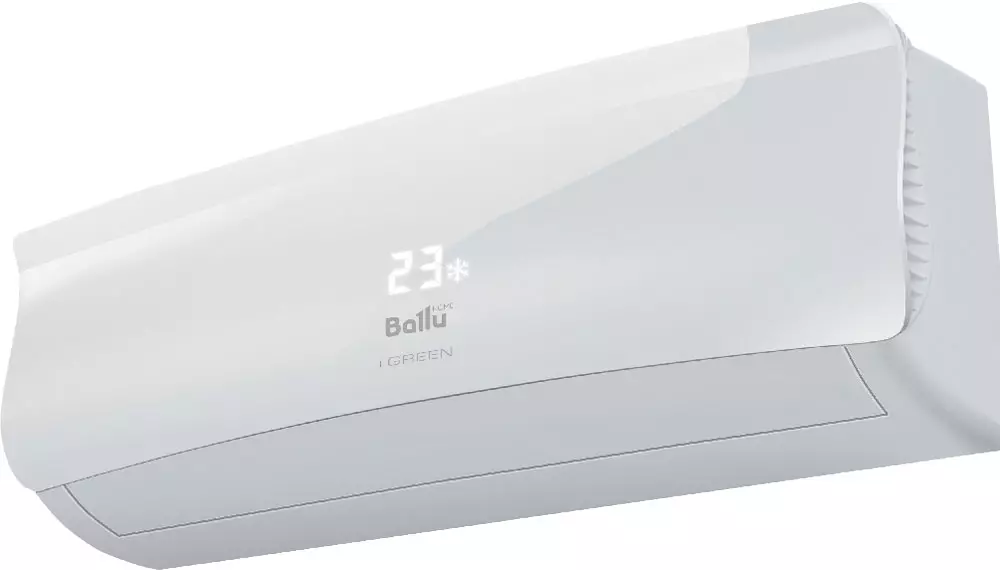
Photo: "RUSKLIMAT". Split-system Ballu BSA-09HN1 series I Green is equipped with a high-density air filter Green and three-component filtration system Combo 3 (Catechin / Vitamin C / Coal)
It is desirable that local cleaning devices are equipped with a system that automatically responds to air pollution. Such automation can be installed in kitchen hoods (most often luxury) and some models of portable air purifiers.
What types of air pollution are characteristic of various buildings - new buildings, houses of the old building (secondary residential foundation), country cottages, as well as for basement rooms? New buildings are peculiar to chemical and microbiological air pollution associated with carrying out repair and construction work. Microbiological pollution can be caused by a refurbishment of the building in the construction process, that is, he was admired in the autumn-winter period. In the buildings of the old building, microbiological air pollution, due to the long use of the housing stock and poor-quality cleaning of premises. In the basement, due to increased humidity, mold appears (microbiological pollution), and on the first floors of buildings (occasionally) - natural radioactive gas radon. For country houses, everything is characterized by all of the above. Also, you should pay attention to building materials and furniture - often they are the source of formaldehyde and phenol. After repair and buying furniture, it is preferably intensively ventilated during the week; If the smell has not been eliminated, the reason for concern arises.
Nikolai Ivanov
Leading Specialist EcoStandart Group
Some types of domestic air pollution
| Pollution type | Impact | Cleaning method |
|---|---|---|
| Solid particles with a diameter of 10 microns and more | Irritating effect on the respiratory organs and the mucous membrane of the eye, allergic reactions; Dust accumulates on furniture, due to static electricity - on the details of electronics, causing it overheating | Mechanical (coarse filters). Electrostatic filter |
| Solid particles with a diameter of less than 10 microns | Microorganisms cause various infectious and viral diseases. Small dust is also able to provoke allergic reactions. | Mechanical (Fine Cleaning Filters). Electrostatic filter |
| Aerosols | Can serve as "parachute" for microorganisms and various allergens | Electrostatic, mechanical filters |
| High molecular weight gaseous compounds (esters), Gaseous combustion products, etc. | Poisonons are capable of becoming the cause of poisoning, in small concentrations cause headaches, reduced performance, have an irritant effect on the respiratory organs and others. An unpleasant smell occurs | Coal filter. If the source of pollution is inside Premises - ventilation |
| Low molecular weight gases (carbon monoxide, i.e. carbon monoxide, phenol, formaldehyde) | In high concentrations cause a life-threatening poisoning | Ventilation; Elimination of sources (for example, faults of heating devices when carbon monoxide) |
| Radon | Radioactive gas hazardous | Only ventilation |
| Low oxygen concentration | Reduced performance, headache | Only ventilation |
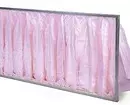
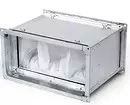
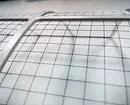
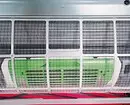
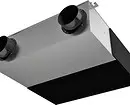
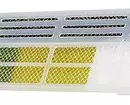
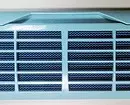
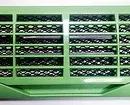
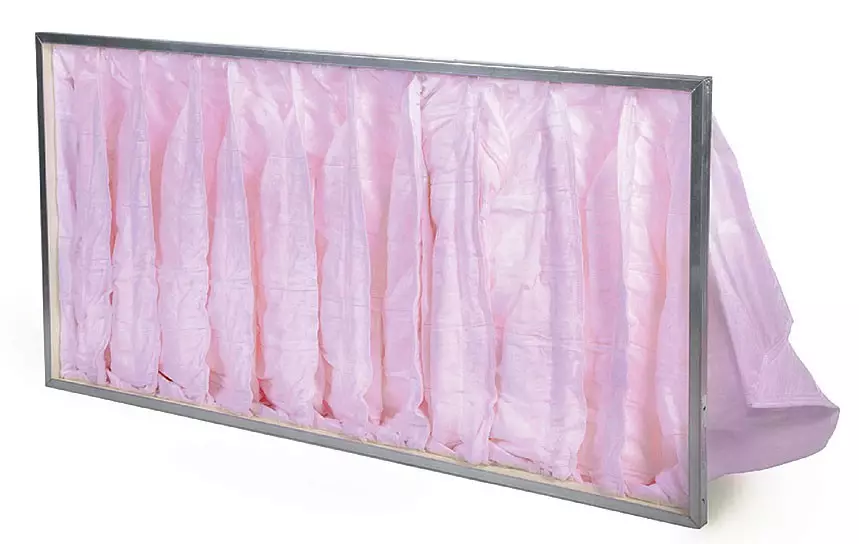
Photo: "NTP Climate". Filters Wheil coarse (G4) and fine cleaning (F5, F7, F9)
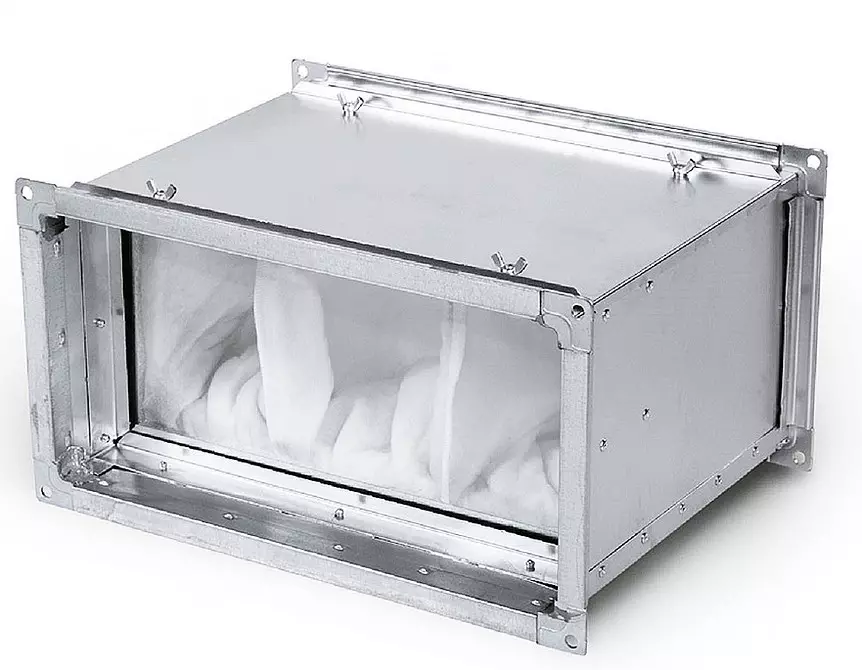
Photo: "NTP Climate". Cassette filter input flow of the ventilation system assembled
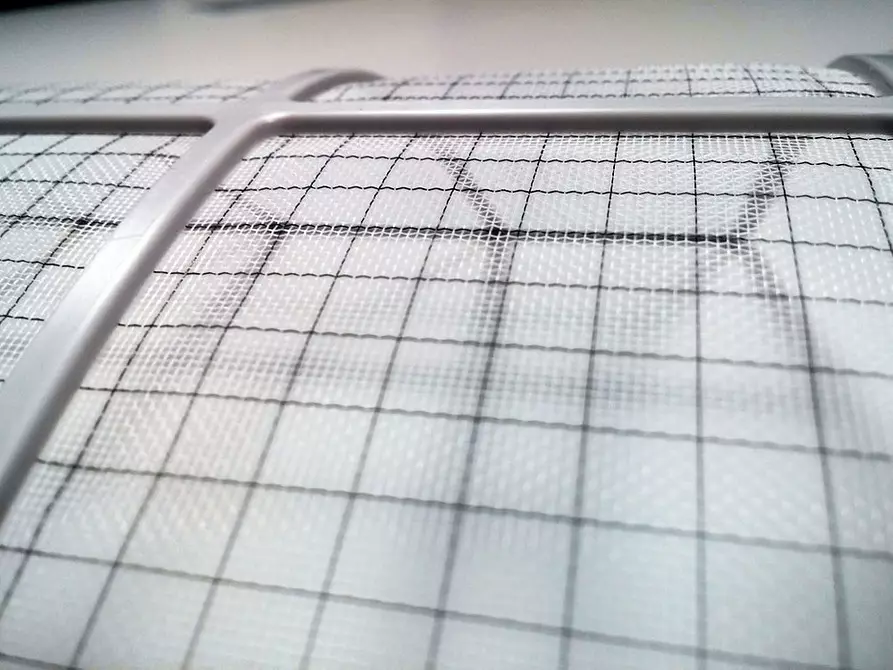
Photo: LG. Three-layer filter 3M (LG) practically completely neutralizes microbes, allergens and harmful substances in the air
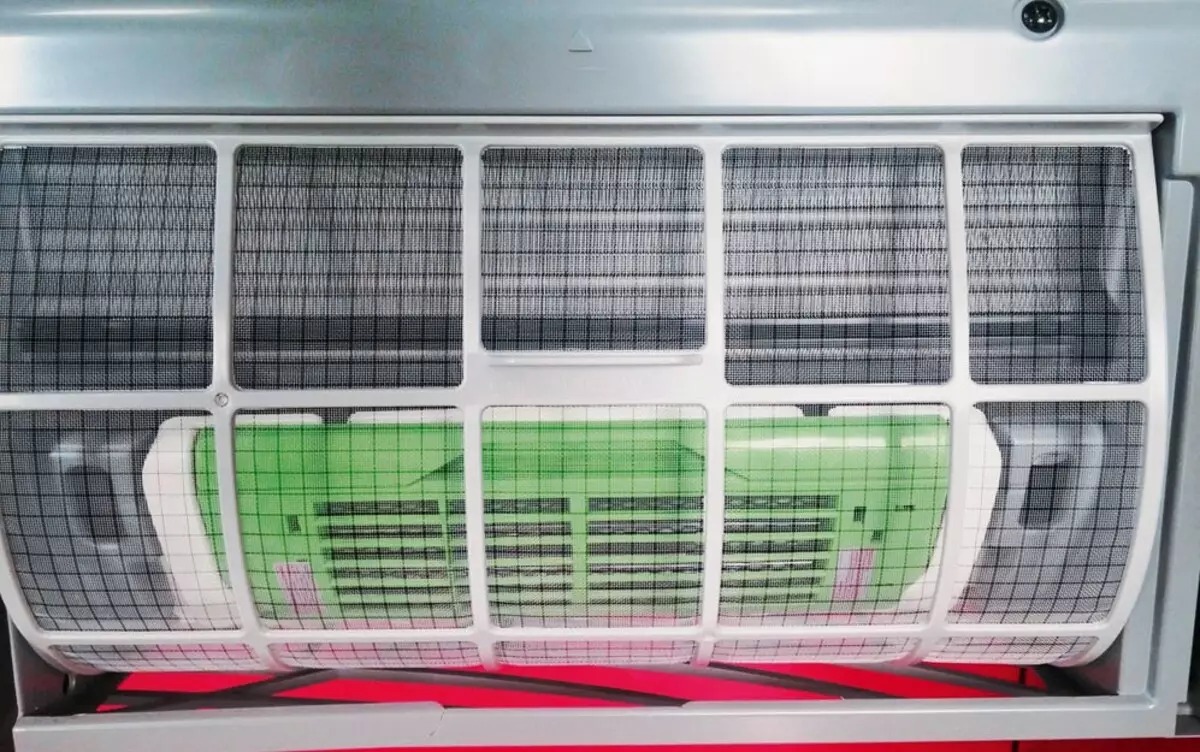
Photo: LG. In LG air conditioners, a complex Plasmaster system is used, destroying bacteria, allergens and viruses, and the ionizer refreshes air
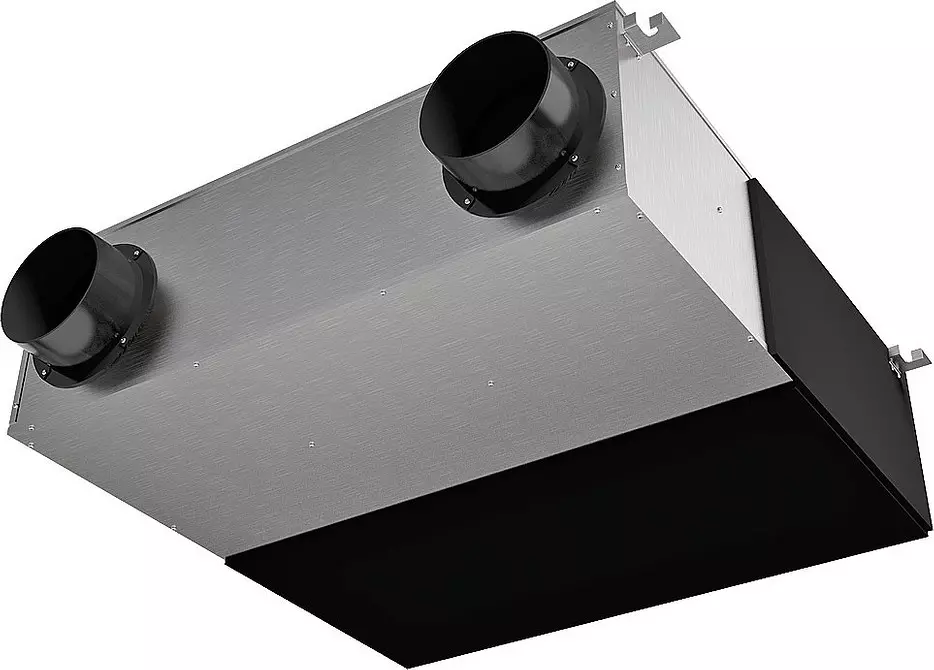
Photo: "RUSKLIMAT". COMPACT MONOBLE SUPPLY AND EXTERNAL INSTALLATION STAR (ELECTROLUX)
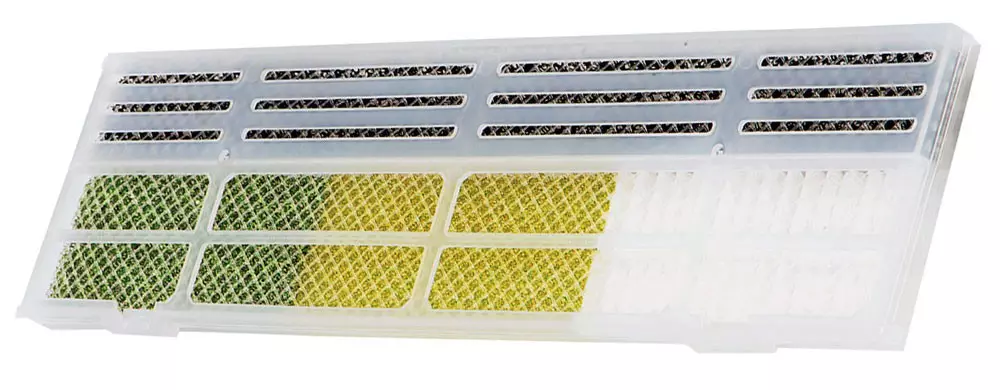
Photo: "RUSKLIMAT". Filters for the inner block of the inverter split-system DSLI (Ballu)
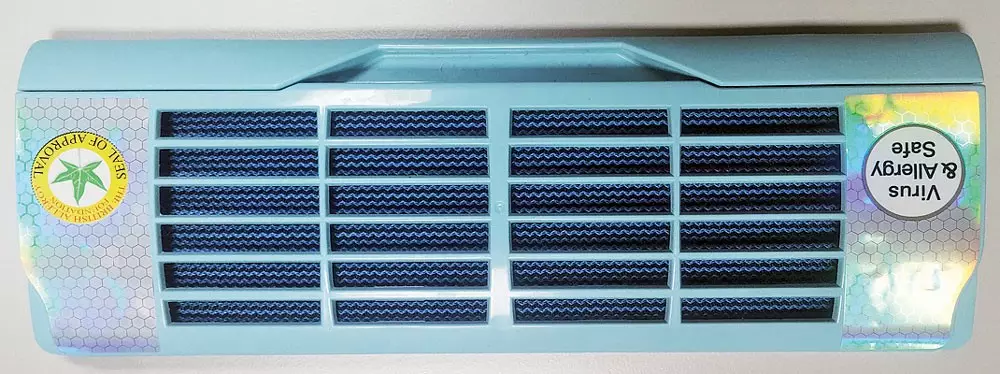
Photo: LG. Ionization is used in LG Ionizer systems (2 million ions)
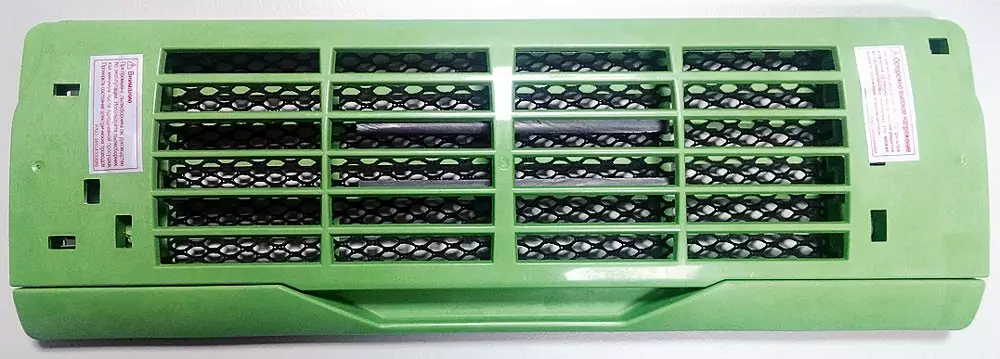
Photo: LG. Ionizer Plus (3 million ions)
